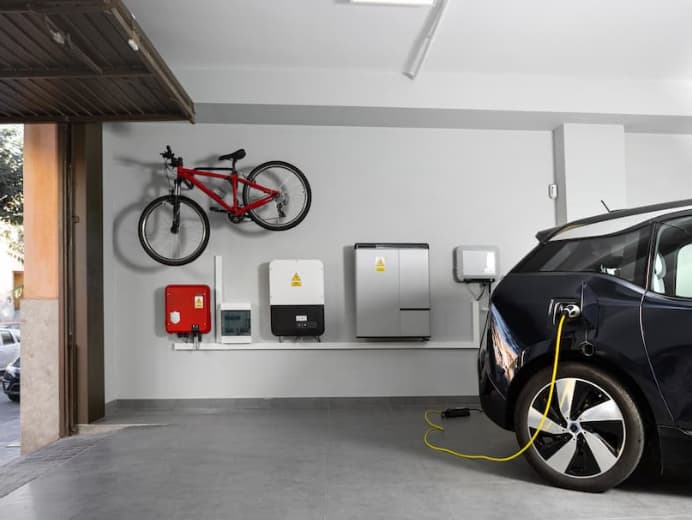How to prepare your home for the installation of a charging point for electric vehicles.
How to prepare your home for the installation of a charging point for electric vehicles

With the constant growth of the electric vehicle (EV) market, more and more drivers are considering installing a charging point at home. Having a seasonality of domestic load not only makes everyday life easier, but also optimizes time and can be more economical in the long term. However, before installing a charging point, there are some important aspects that must be taken into account to ensure that everything works safely and efficiently.
1. Verification of the electrical installation
Before proceeding with the installation of a charging point, it is essential to evaluate the state of the electrical installation of the house. A certified electrician can verify if the current system can withstand the additional load or if adjustments or improvements are necessary. Some homes, especially older ones, may require an upgrade of the electrical panel to ensure a safe installation.
2. Choice of the type of charging point
There are different types of charging points for domestic use, with powers that vary between 3.7kW and 22kW. The choice will depend on both the capacity of the household electrical installation and the type of vehicle you own. For example, a 7.4kw charger is usually enough for most users, since it can charge an electric vehicle completely during the night. However, if you are looking for a fast charge, an 11kW or 22kW charger may be the right option, provided that the installation allows it.
3. Benefits of scheduled recharge
Once the charging point is installed, it is advisable to program the loads to take advantage of the hours with lower electricity rates. Most smart chargers allow you to set charging schedules and monitor consumption through mobile applications, which facilitates efficient use of energy.
4. Location Considerations
The location of the charging point is crucial for its functionality. It is important that the charger is in an accessible place, preferably in a garage or a protected area from the weather. The length of the charging cable and the arrangement of the space must also be taken into account to ensure that the vehicle can easily connect them.
5. Incentives and aid for installation
In many countries, there are incentives or subsidies to encourage the installation of charging points in private homes. Learning about these aids can considerably reduce the cost of the installation and make it more accessible to the user.
Conclusion
Installing a charging point at home is a logical step for those who want to make the most of their electric vehicle. It not only provides comfort, but also allows you to optimize costs and recharge times. Properly prepare the electrical installation, choose the right type of charger and benefit from the available incentives are key aspects for a successful installation.
At Proelectric, we have extensive experience in the installation of charging points for electric vehicles, adapting to the specific needs of each client. Contact us for more information on how we can help you prepare your home for electric mobility.

